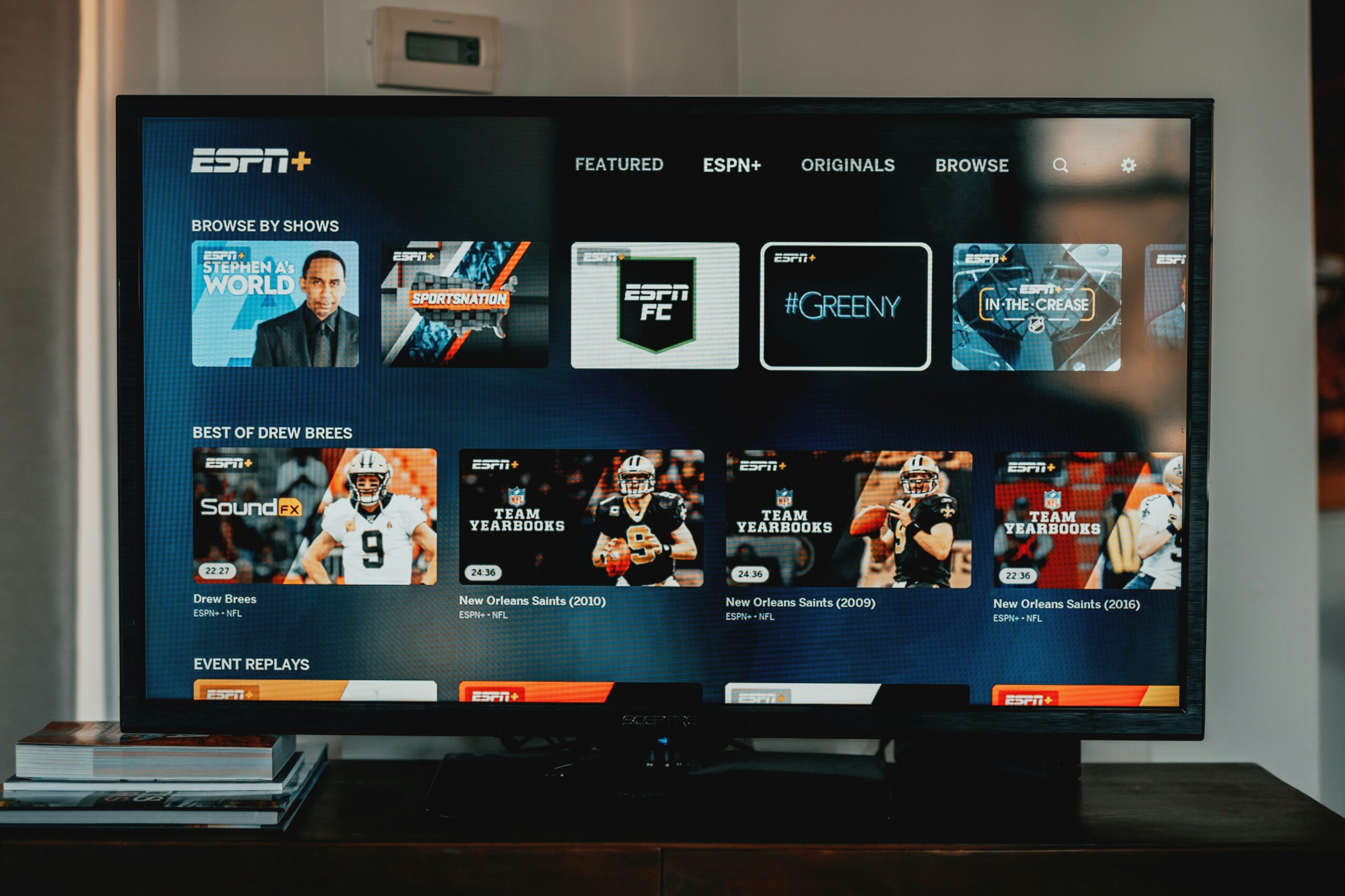There was a time when catching a big game meant gathering around the TV at a specific time, hoping you had the right cable package, or finding a sports bar that had it on. Fast forward to today, and sports fans are streaming games from nearly anywhere whether they’re on a lunch break or stuck on a train.
This shift hasn’t just changed how sports are viewed but also how they’re experienced entirely. From instant highlights on social media to live commentary in group chats, fans are closer to the action than ever before. The way people follow their favorite athletes and teams has evolved, and it’s changed the landscape for leagues, players, and broadcasters too.

Global access has redefined the fan experience
Now that streaming platforms offer global access, fans no longer have to be in the same country as their favorite teams. This kind of reach has built more diverse fan bases and introduced international audiences to sports they might’ve never discovered otherwise.
For example, someone in Australia might get hooked on American football, or a U.S. viewer might become a die-hard follower of Premier League soccer, all thanks to streaming sports on the internet. It’s broken down barriers and opened up countless new markets for sports brands.
Replays and highlights are just a tap away
Sports used to be about catching the action live or missing it completely, but now highlights are everywhere, almost instantly. If a big moment happens, fans can wake up and see it in HD, fully edited and ready to go.
Think about how quickly the biggest MMA upset ever spreads across social media right after the final punch. That immediacy brings people into the conversation right away and keeps them talking long after the event is over.
Smaller sports are getting more visibility
One of the most significant shifts brought on by streaming is how it’s opened the door for lesser-known sports to reach broader audiences. Without relying on major TV contracts or cable deals, these sports can now stream events online and attract fans directly through platforms like YouTube, Twitch, or dedicated streaming services.
This new approach gives athletes and organizers much more control over how they present their sport and engage with viewers. What once might’ve been limited to local access or niche cable channels can now be watched by anyone with a stable internet connection and a link to share. It’s helping niche communities grow, attract sponsors, and bring long-overdue attention to athletic talent that might’ve gone unnoticed in the past.
Live interaction has become a big part of watching
People don’t just watch games anymore–they live-comment, meme, tweet, and react with friends in real time. Streaming allows for a second-screen experience, where fans engage with one another while the game unfolds. This changes the energy around a match, making it feel more like a shared experience.
It’s made watching more interactive and brought back the social side of sports, even if fans are spread across different cities or countries.
Leagues and teams have more control
Streaming also gives leagues and teams more freedom to control how their content is presented. They don’t have to rely entirely on networks to manage their branding or communication. Teams can create behind-the-scenes videos, player interviews, or training footage and push it directly to fans.
This added control helps build loyalty and offers fans a richer, more personal connection to the teams they love.

Subscription models are changing revenue streams
The old advertising-heavy model is slowly being replaced by subscription services and on-demand access. While some fans don’t love paying for multiple platforms, this model does allow more choices and less interruption. It’s a trade-off that many seem willing to make for flexibility.
Streaming has also introduced microtransactions, pay-per-view options, and season passes that help teams and leagues stay profitable without traditional broadcast support.
Athletes are becoming digital brands
With increased online visibility, athletes are now using streaming platforms to build and strengthen their personal brands in ways that weren’t possible before. They’re hosting live chats, guesting on popular podcasts, launching their own YouTube channels, and connecting with fans through behind-the-scenes content that goes far beyond highlight reels or post-game interviews.
This kind of consistent access helps turn players into influencers, letting supporters see their personalities, opinions, and everyday lives outside of the competition. For many athletes, it’s a way to extend their careers off the field, court, or ring, while also building a loyal fan base that follows them for who they are and not just for how they perform during a game.
Traditional broadcasters are playing catch-up
As more viewers cut the cord, traditional networks have had to rethink how they deliver live sports. Cable subscriptions are dropping year after year, which means broadcasters need to evolve or lose their audience. Some are launching their own streaming platforms, while others are partnering with tech companies to get their content in front of mobile viewers.
They’re no longer the only gatekeepers of big sporting events, and that’s made the market more competitive. While this gives fans more choices, it also puts pressure on older networks to match the speed, quality, and flexibility that newer platforms already offer.
Delays and lag still frustrate live viewers
Even with all the advancements in streaming, there are still a few bumps along the way especially when it comes to live events. Streaming a match often comes with a delay, which can spoil big plays when social media reactions hit before the stream catches up. That moment of hearing a cheer or seeing a spoiler online before it happens on-screen can ruin the experience.
It’s one of the last things holding some fans back from going fully digital, but tech improvements are steadily narrowing the gap. As these platforms invest in faster, more reliable delivery, the live sports experience will only get smoother from here.
Streaming has completely changed how sports are consumed, shared, and marketed. It’s made things faster, more interactive, and available to more people around the world. For fans, athletes, and the industry as a whole, the shift from TV to streaming has opened up a whole new era of possibilities.




